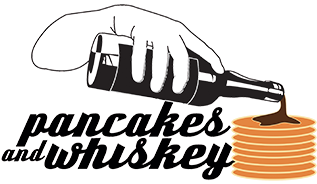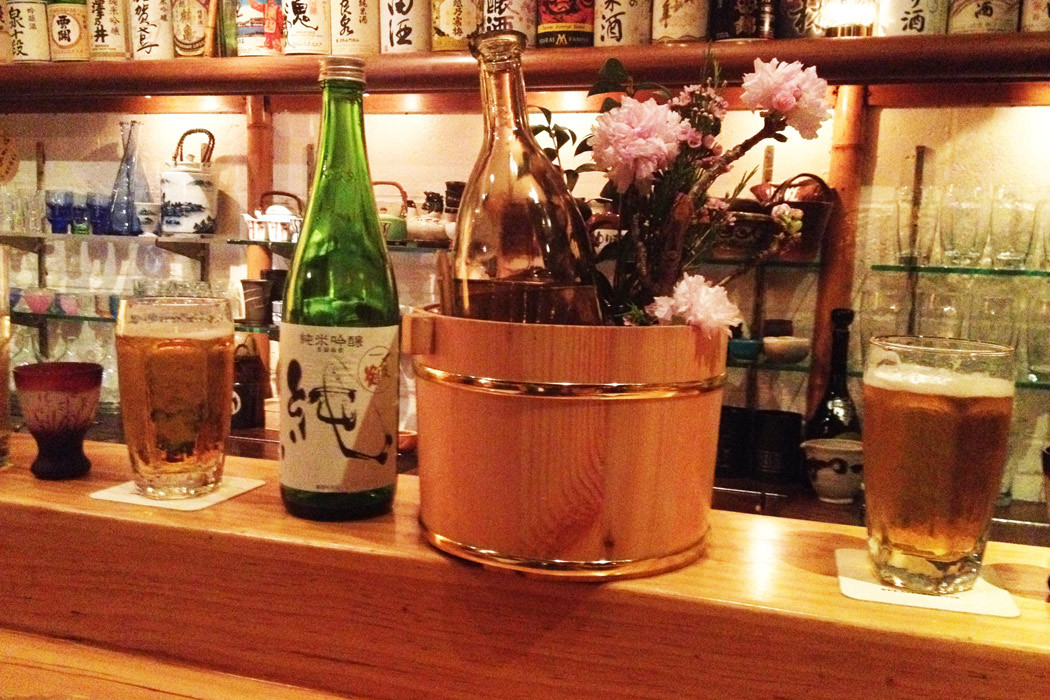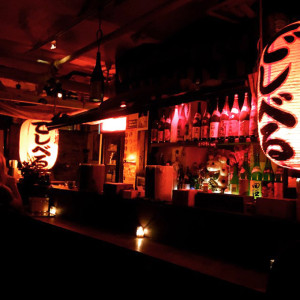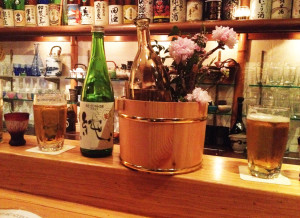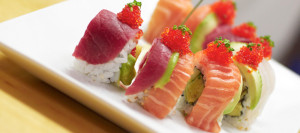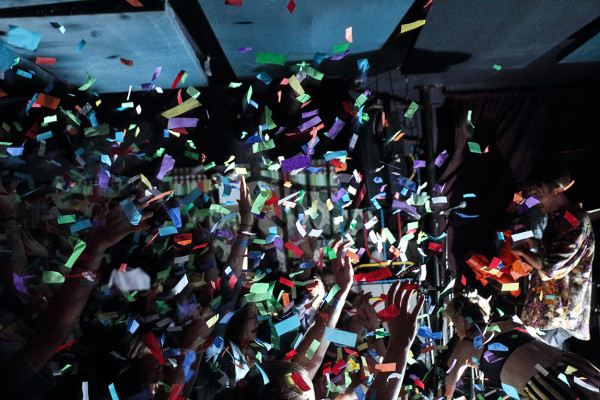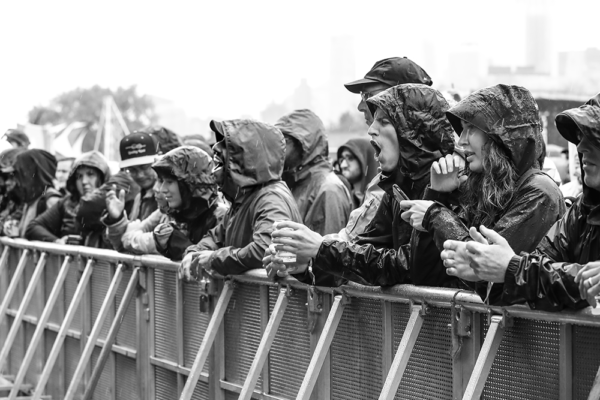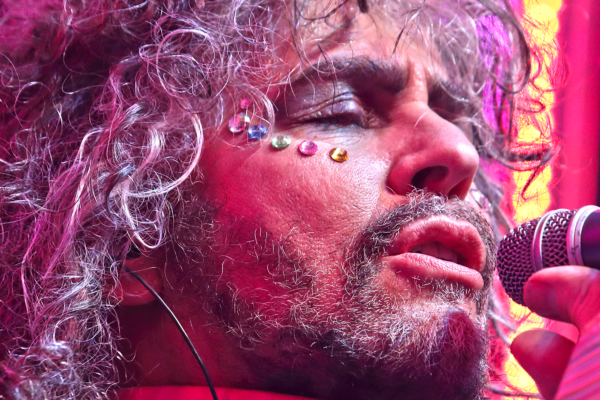Do you hear that? It’s the sound of your teeth chattering. This bleak winter, with its uncommonly heavy snowfall, frostbite-inducing sleet, and deadly icy slips, does not seem to let up any time soon. Snow and ice on most weekends. What is a young, energetic New Yorker supposed to do? Hibernate? No, when life gives you snow, you chill your liquor in it, and make a cocktail. Warm up your spirit with a strong spirit! In defiance of Mother Nature’s frost, I enjoy a good pub crawl. One of my favorite winter activities is to go out for sake, and New York City’s sake bars do not disappoint. There are many, but the experience may vary.
Whether you like it hot or cold, drinking sake is ritual. In past times, sake was heated up to bring out the flavors and perhaps to kill off bacteria. Hundreds of years after, sake producers have now perfected the process of brewing sake and have taken it to new levels. Jumai, Honjozo, Ginjo, Daiginjo, or Nigori—our choices are practically endless. I prefer my sake cold, but some still love their sake hot for its nostalgia.
Our tale begins eastward in a small village, old and dingy, called the East Village. Twenty some years ago, Sake Bar Decibel opened its doors and went “on air.” The effect, you can image: New York in the 90s. The economy was good and people were affluent, wanting to go out and have fun. You come and go as you please at Decibel. With tea lights and oblong lanterns casting vermillion glow on its walls, graffitied by past patrons, Decibel’s vibe is low-key and intimate. The friendly staff is beyond attentive. They serve you sake by the glass, filled to rim, overflowing—a symbol of generosity of the host in Japan. This is the closest you will get that traditional Japanese sake bar experience.
From the old to the new, three blocks down on 6th street, Sake Bar Izakaya just opened about three months ago. You enter a brightly lit narrow, rectangular room filled with bustling, hungry customers and Oasis playing on the speakers. Seating is tight in Sake Bar Izakaya. New Yorkers are dying to try this new bar. Therefore, it is best to get there early or to make reservations for the wait time for a table can be an hour and a half. Izakaya, by definition, is a traditional style of Japanese gastropub that offers spectacular selection of sake along with complimenting dishes. When food and drink are perfectly paired, it is culinary magic. Izakaya’s food is delicious and traditional but produced with a creative flare.
Meanwhile, uptown in Midtown, another sake bar with similar name, Izakaya MEW, delivers its authentic Japanese food to patrons with an impressive list of sake, shochu (slighty stronger than sake), and cocktails. Izakaya MEW’s doesn’t disappoint. Start off with some yellowtail carpaccio and tuna tataki. A rich broth and tender pork, the ramen is a popular choice here too. It is good food that’s reasonably priced, and happy hour sake until 7pm, you definitely would want to come back.
Our journey continues northeast to 43rd street, through the lobby of an office building, the door on the left, and down the basement steps to one of New York City’s original sake bars. Sakagura is every definition of a hidden gem and easily one of my favorite sake bars. With the spectacular, unbelievable sake list of over 200 kinds, you will have difficult task to deciding what to drink as your eyes travel from the plumes of cherry blossoms on display to the thatch roofed booths and hanging lanterns. All your senses tantalized, you take in the surrounding, the smells of the different the dishes being prepared, the chimes of sake glasses, and the music playing softly in the background. You enjoy sumptuous Japanese dishes, such as fluke carpaccio, amadai saikyo yaki, homemade soba, and baked oysters (if they’re in season), and conclude your meal with a popular dessert of black sesame crème brûlée. Sakagura captivates you as if you’ve just journeyed to Japan.
However, as a trip to Japan can be pricey, down the street, at 49th and 7th, Sake Bar Hagi, is another great bar that won’t break your bank. Hidden around the corner from Times Square and Radio City, Sake Bar Hagi is a favorite stop to grab a quick and fun dinner before or after a show, as they stay open until 2 am. They do yakitori very well here, but do try the popular dishes of okonomiyaki and karaage. Despite the restaurant being small, it is a good place to come back and watch a game on their giant TV that hangs above the bar. The vibe is friendly and bustling in Sake Bar Hagi. As for now, we leave it and continue across the river.
In Williamsburg, on the north side, there is Zenkichi, a handsome fort by the water, and the south side, Bozu, famous for its fantastic sushi bombs. A culinary hub built with exposed brick and wooden beams, at 296 Grand St, Bozu sake lounge serves up delicious, creative dishes alongside a great selection of cocktails, sake, shochu, and artfully brewed house infusions. As well as a pride in their liquor, Bozu’s whimsical culinary sensibility and dedication to please their youthful patrons are evident the details and careful creation of every dish. When the weather warms up, be sure to come back to enjoy a drink in Bozu’s delightful backyard patio.
On the other side, dimly lit Zenkichi, with its private booths and bamboo curtains, is a romantic choice for lovers. However, we are not here just for amorous adventures but for Zenkichi’s list of 50 bottles of sake and tasty small plates. Their omakase tasting menu is every bit of refined and harmoniously appetizing. Dedicated to delivering traditional Japanese tapas-style plates, they don’t serve sushi or cocktails but you can reserve your raw bar appetite for their adjoining oyster and sake bar, Akariba. There is no mistaking that Zenkichi is a traditional dining experience right out of Japan in a modern time.
Now leaving, it’s quite late, and minutes to 2am. A departure. I end my sake journey with a nightcap and my favorite Yukio Mishima novel. Somewhere in the city hidden underneath ground where the path takes me down a rickety flight of stairs to a warm speakeasy stocked full of colorful sake bottles boosting a superb selection. The beautiful prose of Mishima and the haunting Japanese folk music plays, this sake bar is my hidden gem. Where you ask? But that remains my secret. It is yet to be discovered for now.
Article by: Ngoc Doan
